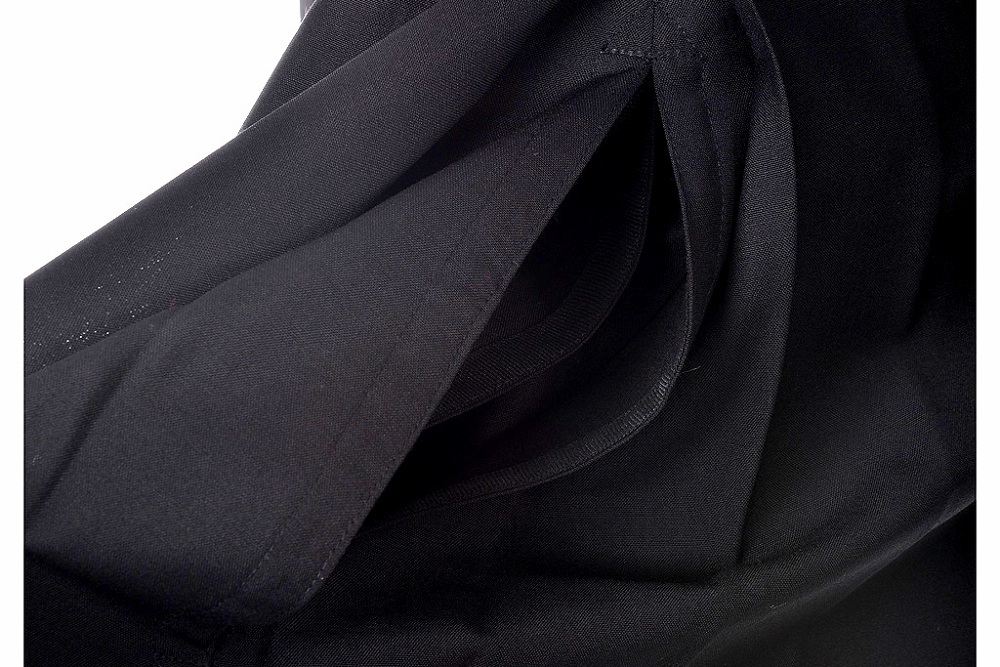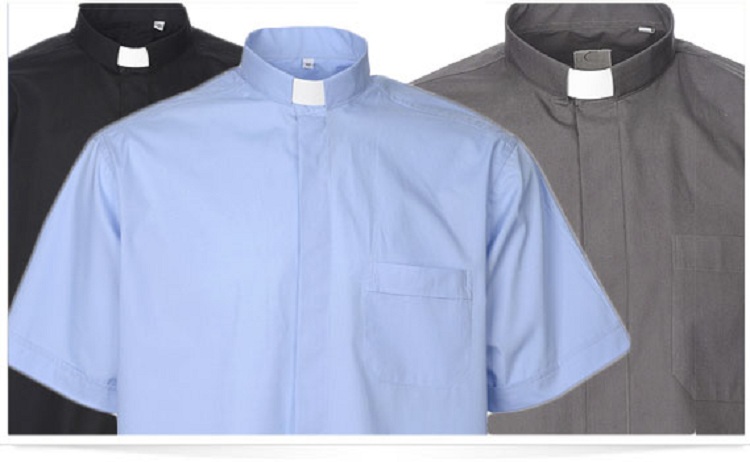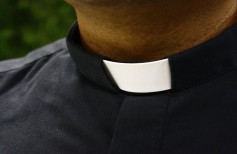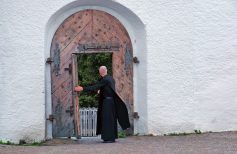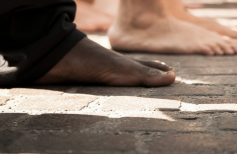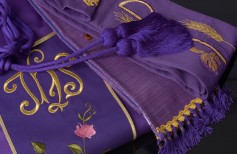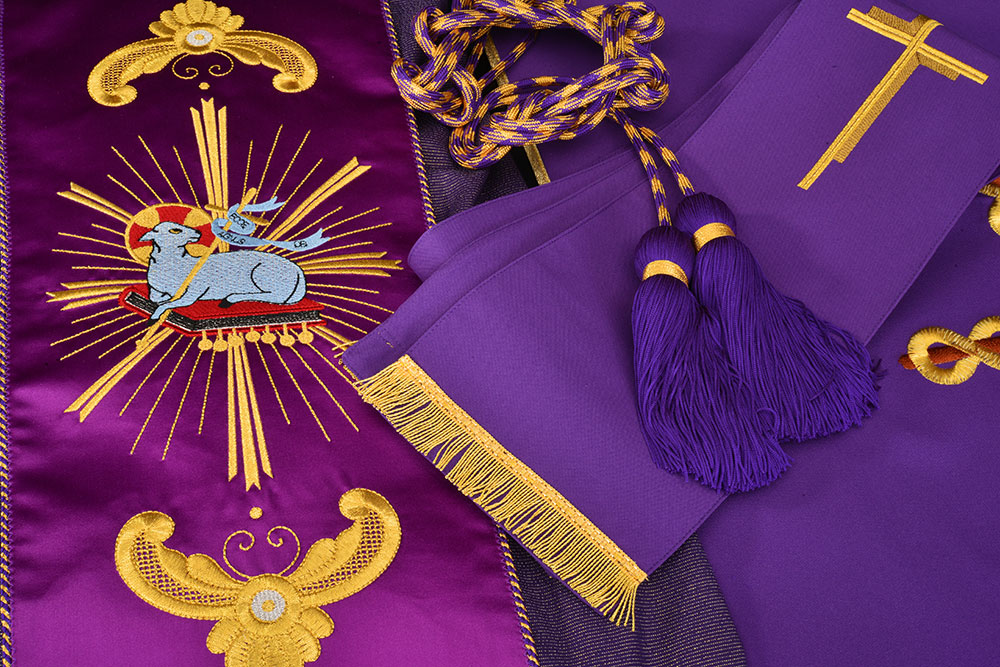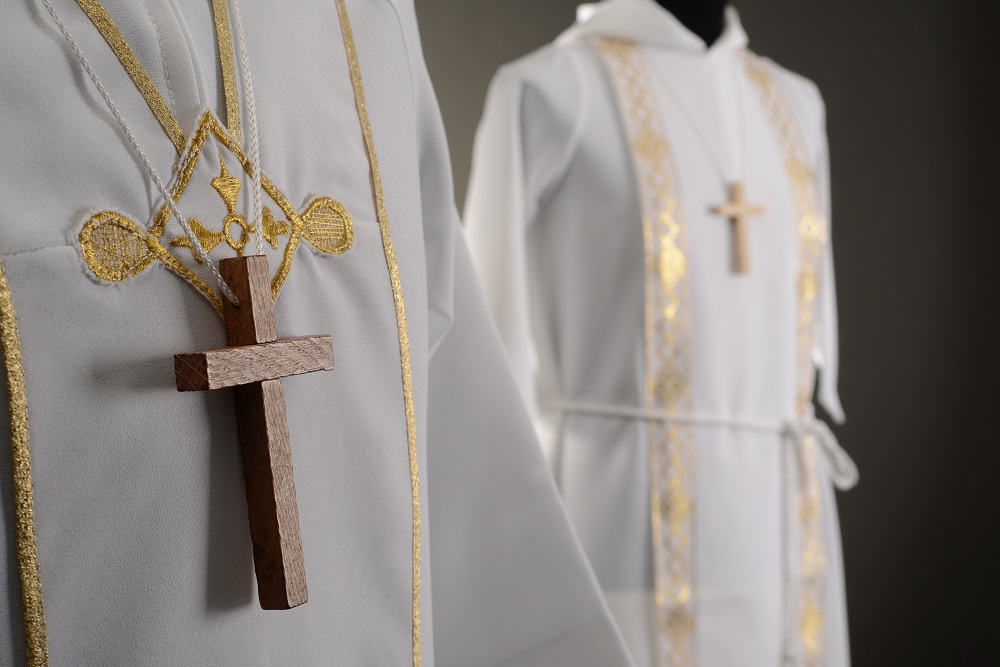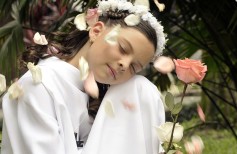Religious clothes have always been considered a sort of ‘uniform’ requested to priests to differentiate themselves from the common people. This is because since the origins of religion, there was the need to identify members of their communities even based on specific clothing.
In particular, male religious clothes make the priest instantly recognisable and make them a reference point for the faithful. Wearing a religious clothing, be it a cassock or a clergyman, it is a way to demonstrate their function, their vocation, with all the obligations, duties and responsibilities that it entails.
The male religious piece of clothing most used by Catholic priests is the cassock, a long black robe closed by buttons and usually worn outside of religious services. The pattern and color of the details changes depending on the degree of the priest, but generally, the male religious dress is black, enriched with different coloured bands, buttons and accessories, and accompanied by different elements depending on the circumstances (eyelets, buttons, borders, liners, red ferraiolo, and pectoral cross). Higher-ranking priests wear a cape on top of their cassocks called pilgrim, and seminarians, acolytes and altar servers can wear religious clothes, but only together with the surplice. A long coat, the greek, completes the religious clothing during winter months.
Today, the clergyman has replaced in many cases the cassock as main male religious clothes. It is a complete set of pants, shorts, shirt and jacket. The shirt has a stiff collar that incorporates the cassock. The collar can be of two types: “Roman“, i.e. a white plastic strap emerging from the black collar, or a simple white plastic insert tucked into the shirt collar with two slots in which the corners are inserted. The shirt can be long or short sleeved, depending on the season. The most common colours are dark grey, light grey, blue, white, and black.

